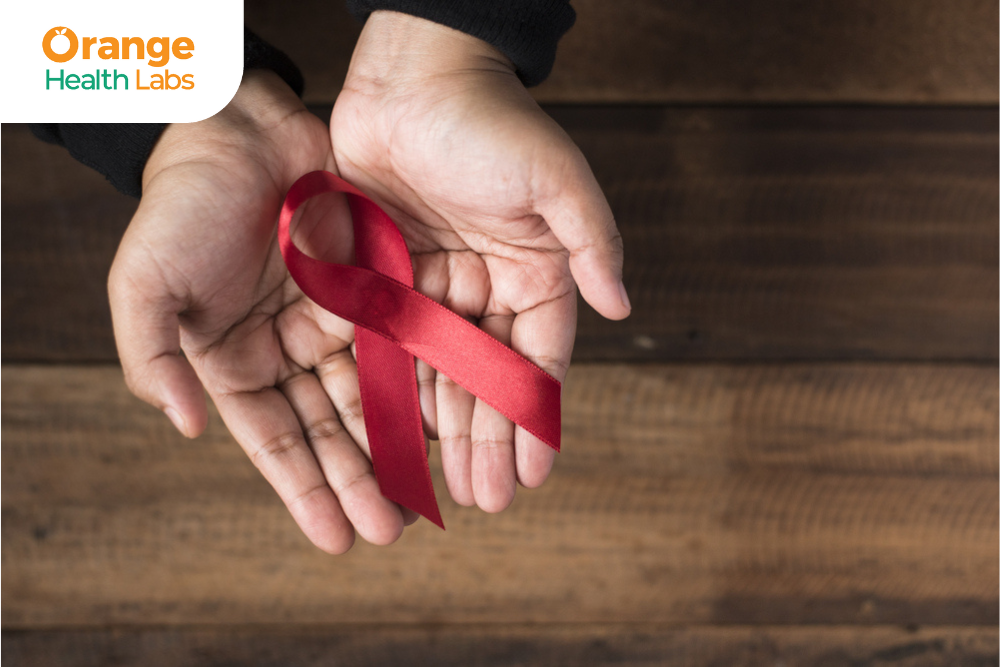Search for tests or checkups
SupportPrecision, Efficiency and Environmental benefits of Dry Chemistry technology

In the diagnostic testing industry, the choice between dry and wet chemistry methods is a critical consideration for laboratories seeking optimal efficiency, accuracy, and safety. At Orange Health Labs, we recognize the importance of employing cutting-edge technology to deliver precise and reliable test results to our clients. We deploy dry chemistry for all our biochemistry tests. It boasts of myriad benefits over wet chemistry, but before we delve into the reasons, here’s an explainer of what Dry Chemistry is.
What is Dry Chemistry?
Dry chemistry represents a revolutionary approach to diagnostic testing, where chemical reactions are conducted using pre-packaged reagents in solid form. Unlike traditional wet chemistry methods that rely on liquid reagents, dry chemistry minimizes hands-on time and streamlines laboratory workflows. By leveraging advanced technology and precise instrumentation, dry chemistry analyzers offer unparalleled efficiency and accuracy in test results.
Benefits of Dry Chemistry
Reliability and Accuracy
Lower Contamination Risk: Dry chemistry reduces the risk of cross-contamination, as reagents and samples are less likely to come into contact with each other or the environment.
Stable Reagents: The reagents used in dry chemistry are more stable and have a longer shelf life than liquid reagents, ensuring consistent and accurate test results over time.
Environment Conscious
Enhanced Safety: Handling dry reagents is generally safer than dealing with liquid chemicals, reducing the risk of spills, fumes, and stringent storage conditions.
Environmental Sustainability: Dry chemistry produces less waste and requires fewer hazardous materials, making it a more environmentally friendly option for laboratory testing.
Water saving: Additionally, dry chemistry saves about 28 litres of RO water (or ~100 litres of regular pre-processed water) per hour in operational conditions. It is important to note here that water consumption is not only what the analyzer consumes but also what is required to generate the purified water. Water recovery of water treatment plants typically ranges from 20‐ 40 %. This means to generate 30 litres of pure water, 100 litres of feed water is required for a plant working at 30 % water recovery.

Operational Efficiency
Faster Turnaround Time: Dry chemistry analysers require less hands-on time and can process samples more quickly than their wet chemistry counterparts, leading to faster turnaround times for test results.
Reduced Preparation Time: With pre-packaged reagents, dry chemistry minimises preparation time compared to wet chemistry, where mixing and preparing liquid reagents are often required.
At Orange Health Labs, we are committed to harnessing the best and latest technology to deliver superior test results to our clients. While both dry and wet chemistry methods have their place in clinical diagnostics, the advantages offered by dry chemistry make it a medically preferred and environmentally conscious option for many routine and specialized tests.

What Is an AMH Test for Females? Key to Ovary Health

Dust and Dust Mite Allergy: Understanding the Basics
